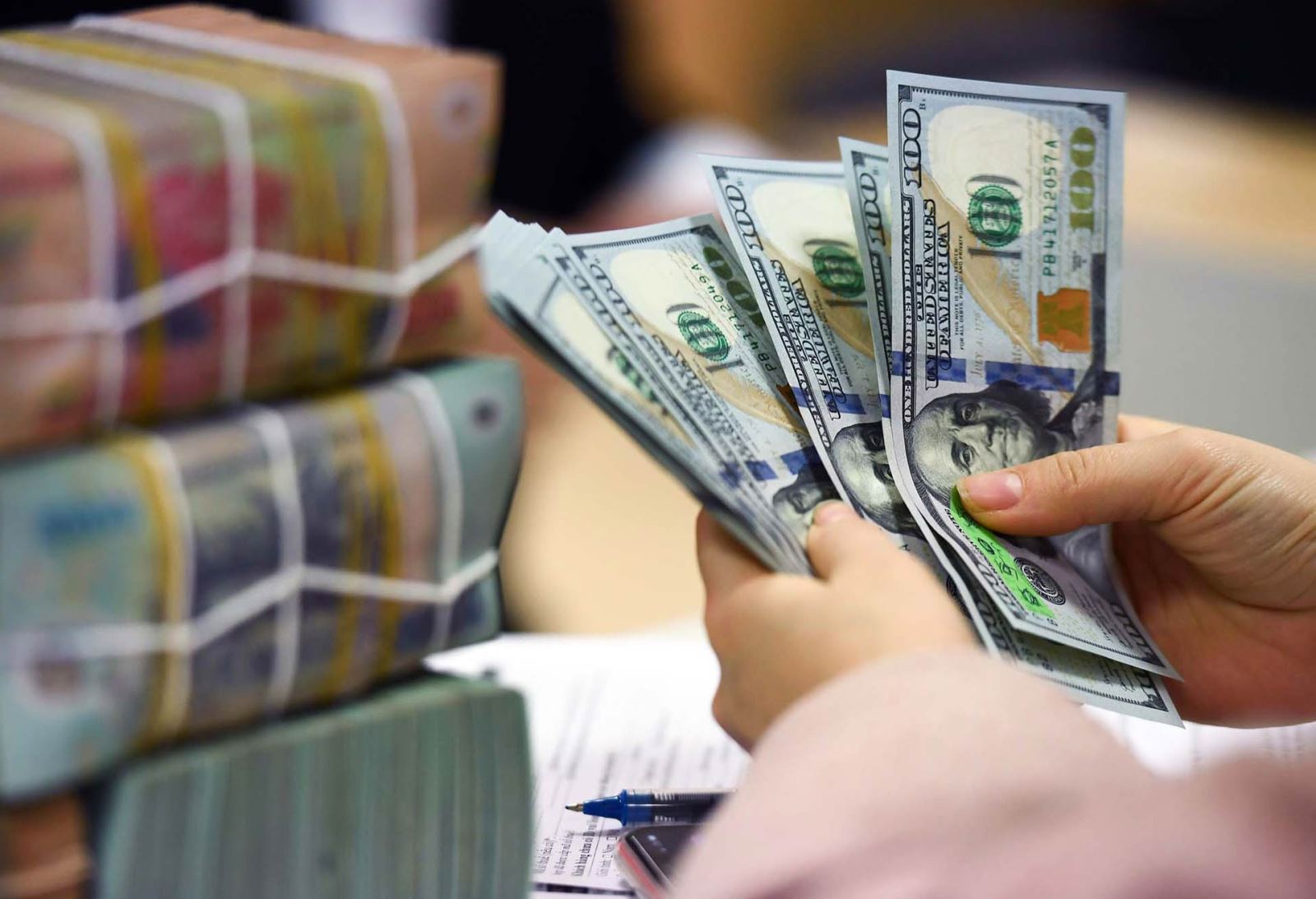Factors drive the US dollar
In a number of regards everything seems to have been going right in the US in recent years, and going wrong elsewhere. But the US dollar has been quite static. Why is this and will it continue?

>> How the US exceptionalism impacts US dollar
Forecasting currencies is not easy, even if you knew all the fundamental factors in advance on things like economic performance, policy and politics, your FX forecasts might still be wrong. For instance, if we knew a year, or so, ago that US economic exceptionalism was going to be this substantial and that Fed rate-cut expectations would be unwound this much, we’d have assumed that the US dollar would be much higher today than its current level.
For in spite of all these supposed US dollar advantages, the greenback has been range-bound against other G10 currencies since the start of 2023. Yes, it has rallied so far this year, but not to levels that are in excess of anything we’ve seen over the past 18-months. Why is this?
One obvious explanation is that the forex market has just been slow to respond to the US’s advantages and that the US dollar will now really start to motor. But this is the opposite of how we usually think financial markets behave. We are led to believe that financial markets are super-quick to discount new information into current prices.
Hence we are somewhat sceptical that the FX market has been slow to react. Another explanation is that this US advantage has occurred in the context of a fairly robust performance in asset prices. Many stock markets, for instance, have risen sharply and are at record levels, and credit spreads are very tight as well.
In other words, there have not been any major ‘risk off’ events since the start of the war in Ukraine in early 2022 to put a bid under the dollar. Instead, what has happened is that US ‘exceptionalism’ has butted up against a risk-on environment, and that’s rather left the dollar treading water. Another argument, that is quite similar, is that liquidity conditions have remained very ample in spite of rising policy rates, and specifically US dollar liquidity in the FX market.
For if we look at basis swaps, for instance, we see that the cost of borrowing US dollars in the FX market is cheap relative to the money market. In times of stress, the cost of FX funding tends to rise significantly, and this is usually associated with a rise in the value of the US dollar. But right now, we have the opposite situation, and that could be helping to prevent the dollar from reaping all the benefits of the US’s economic outperformance and the Fed backsliding on rate cuts.
One other explanation is that some other major central banks are either acting to support their currencies against the US dollar, or threatening to do so. In this regard, we’d mention the PBoC and the BoJ. There’s also the volatility-dampening influence that comes from the FX activities of the SNB, which we have talked about again recently. In short, other central banks could be acting to stop the US dollar’s rise or dampen its volatility.
>> What’s next for the US dollar/yen after BoJ’s rate cuts?
All told, it is easy to think of reasons why the US dollar might not have moved very much in spite of US outperformance and the hawkish adjustment of US rate expectations. Nonetheless, Steve Barrow, Head of the Standard Bank G10 Strategy still says that, even if we knew of all these factors in advance, we would have still expected more US dollar strength than we’ve seen recently. This is similar to the Fed hiking cycle between December 2015 and December 2018; one that other G10 central banks did not follow, but one where the US dollar did not rise at all.
Perhaps this suggests that there’s something more fundamentally ‘wrong’ with the US dollar; that it cannot appreciate significantly when the US outperforms. If that’s the case, it may follow that if the US starts to underperform and/or the Fed cuts rates more quickly than anticipated, the US dollar could decline significantly.
“We do think this is a risk, but not for now. For the biggest risk at the moment still seems to be that the US dollar appreciates further on US exceptionalism and Fed rate-cut reticence”, said Steve Barrow.








